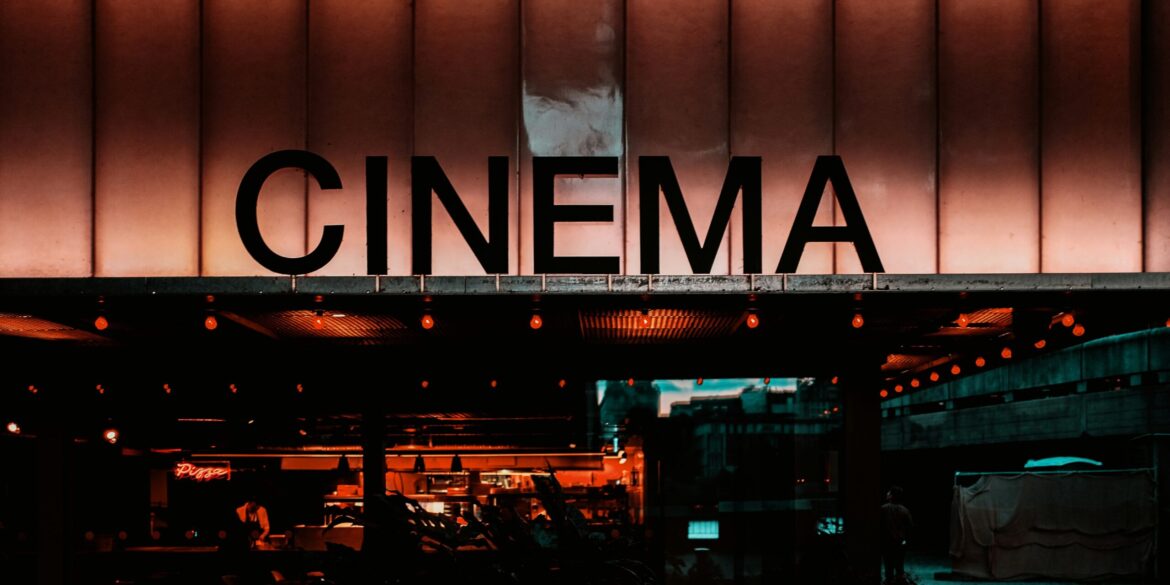On August 3 and 4, 2025, American audiences had a rare opportunity to return to the golden age of Hollywood as the iconic 1950 film Sunset Boulevard returned to theaters nationwide. This one-night event, organized by Fathom Entertainment in partnership with Paramount Pictures, marked the film’s 75th anniversary and drew large crowds to over 1,000 participating cinemas. From Los Angeles to New York, moviegoers gathered for what was not just a screening, but a full celebration of cinematic history.
This anniversary re-release was part of Fathom’s ongoing “Big Screen Classics” series, a program designed to bring culturally significant films back into theaters for limited engagements. For this occasion, the film underwent a full 4K digital restoration with enhanced 5.1 surround sound. The meticulous restoration process involved using a rare 35mm duplicate negative archived at the Library of Congress. Experts paid careful attention to maintaining director Billy Wilder’s original vision, balancing image clarity with the film’s noir atmosphere. The audio, including the film’s haunting score and iconic lines, was refined using advanced dialogue-isolation technology developed by Park Road Post.
Adding depth to the presentation, each screening featured an exclusive introduction by veteran film critic and historian Leonard Maltin. His commentary gave context to Sunset Boulevard’s production history, themes, and enduring legacy. Maltin emphasized the brilliance of the film’s narrative—a cynical, layered portrait of Hollywood’s dark underbelly—highlighting how the story still resonates in today’s image-conscious world. Audiences appreciated not only the opportunity to see the film in its newly restored glory, but also the curated educational component that enhanced their understanding and appreciation of the work.
The event was particularly notable for the enthusiastic turnout, with many screenings selling out days in advance. Some theaters, including boutique and independent cinemas, expanded the event by offering post-screening panels. These discussions, often featuring local film professors or critics, explored the film’s continued relevance. Topics included the emotional complexity of Norma Desmond, played hauntingly by Gloria Swanson, and the way the film critiques Hollywood’s obsession with youth and fame. William Holden’s performance as Joe Gillis was also revisited, praised for its subtle portrayal of desperation and compromise in a ruthless industry.
In cities like Atlanta, Chicago, and San Francisco, theater managers reported that the audience demographic was notably diverse. Not only did older generations return to relive the experience of one of cinema’s most celebrated films, but younger audiences—many seeing the film for the first time—showed up in large numbers, drawn by social media buzz and a growing interest in classic cinema. This intergenerational turnout underscored the timelessness of Sunset Boulevard and its appeal across different viewer backgrounds.
Coinciding with the theatrical re-release was the publication of a new book titled Ready for My Close‑Up: The Making of Sunset Boulevard and the Dark Side of the Hollywood Dream by film historian David M. Lubin. The book offers a behind-the-scenes look at the creation of the film, including insights into Billy Wilder’s directorial challenges, Swanson’s return to prominence, and the cultural backdrop of post-war Hollywood. Lubin’s research revealed the internal studio politics, the casting debates, and even the emotional toll the film took on its cast. Many readers and fans connected Lubin’s insights with the contemporary struggles of maintaining relevance in today’s fame-driven digital landscape.
The resurgence of interest in classic films is not isolated to Sunset Boulevard. Fathom Entertainment has reported that their repertory screenings have led to a nearly 60% increase in revenue over recent years. Other anniversary events for films like The Sound of Music, Clueless, and Rocky IV have similarly drawn large audiences. The success of these events speaks to a growing trend in American film culture—a desire not only to revisit cinematic history but to experience it communally, in darkened theaters with a full-size screen and surround sound.
This nostalgia-driven movement is also driven by a recognition of the importance of film preservation. With the fast-paced churn of new content, films like Sunset Boulevard risk being forgotten or misunderstood by younger audiences unless actively reintroduced in meaningful ways. Events like this one provide both education and entertainment, ensuring that foundational works of cinema remain visible and appreciated.
In the case of Sunset Boulevard, the August 2025 screenings were more than just a tribute. They served as a reminder of cinema’s power to reflect, critique, and capture the ambitions and anxieties of its era. As the lights dimmed and Swanson’s unforgettable line—“I am big. It’s the pictures that got small.”—echoed through theaters once again, audiences were reminded why this film continues to be revered, studied, and cherished 75 years after its debut.
This re-release reaffirmed that classic films, when properly restored and thoughtfully presented, still have the power to captivate. Whether viewed as a historical artifact or a timeless work of art, Sunset Boulevard remains as compelling and haunting today as it was in 1950.

